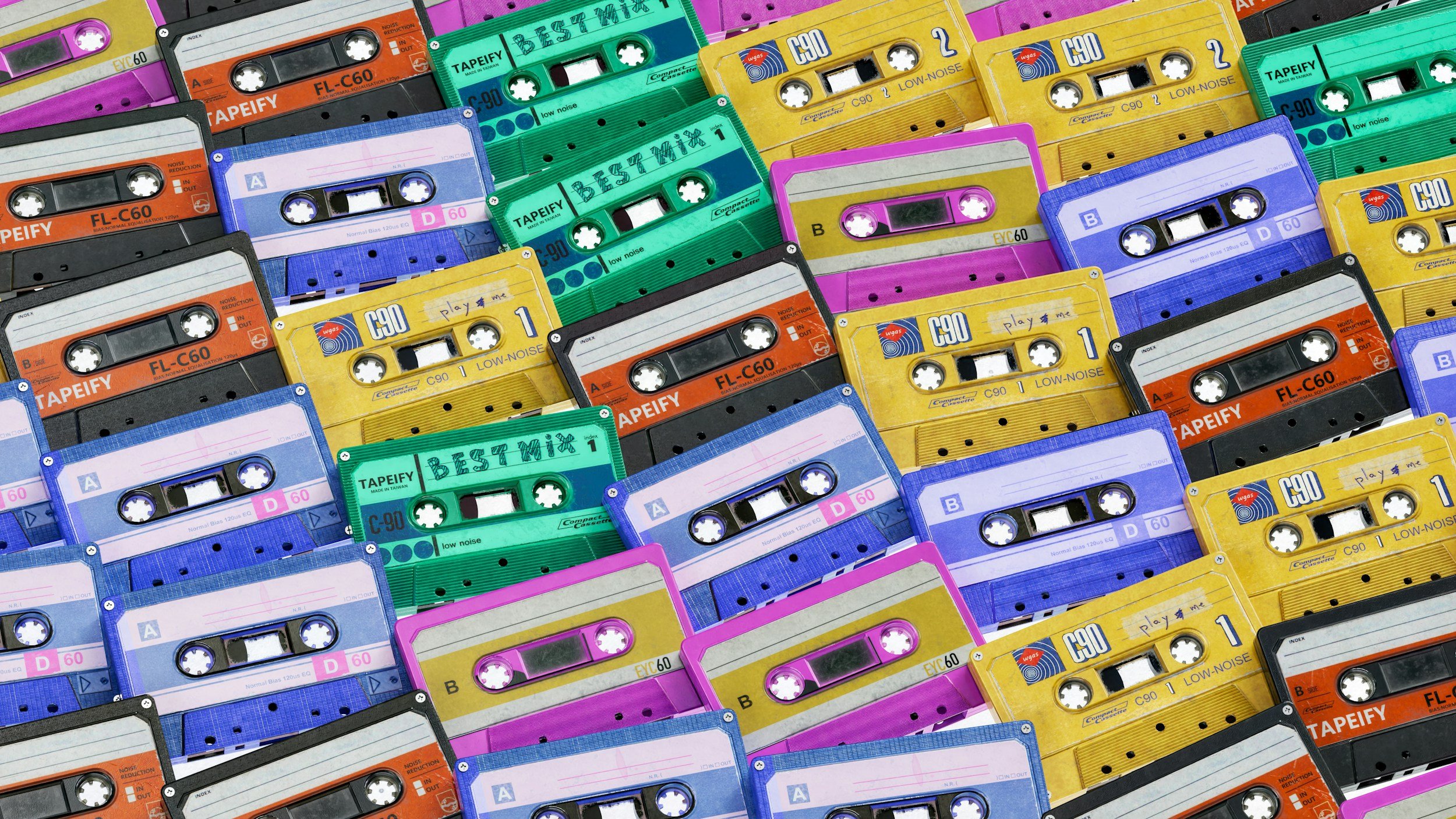Forgotten Formats: A Look at Audio Tech That Didn’t Survive
Audio tech has a knack for producing stars—like vinyl and MP3s—that shine for decades, but it’s also churned out plenty of oddballs that flickered and faded. Think of them as the quirky cousins of sound: 8-tracks, MiniDiscs, and other misfits that promised the moon but ended up in the bargain bin. These forgotten formats had their fans and their flair, but they couldn’t outrun the march of progress. Let’s dust off a few and take a playful peek at what they were, why they rocked, and why they ultimately rolled over.
8-Track Cartridges (1960s–1980s): The Groovy Gas-Guzzler
Imagine the 1960s: big hair, bigger cars, and the 8-track cartridge thumping in your Chevy’s dashboard. Launched in 1965 by Bill Lear (yep, the jet guy) with Ford’s backing, this chunky plastic box looped magnetic tape across eight channels, delivering tunes on the go. Slide it into a player, and you’d get up to an hour of music—perfect for road trips.
Cool Factor: It was the first car-friendly music format—no more fiddling with radio dials on Route 66.
Fatal Flaw: The tape switched tracks with a jarring clunk, sometimes mid-chorus, and it wore out fast—think stretched, tangled messes. Cassettes swooped in by the ’70s, smaller and smoother.
Weird Tidbit: Some 8-tracks had “quad” versions with four-channel sound—fancy, but too late to save it.
Now, 8-tracks are retro trophies, popping up at flea markets for nostalgia buffs.
MiniDisc (1992–2010s): The Pocket-Sized Dreamer
Sony’s MiniDisc strutted onto the scene in 1992—a tiny disc in a tough little case, blending CD vibes with cassette rewritability. At 2.5 inches wide, it packed 74 minutes of compressed audio (later 80), letting you record, erase, and name tracks with a futuristic glow. It was pitched as the Walkman’s hip successor.
Cool Factor: Nearly unbreakable and editable—drop it, rename it, love it. Japan went wild, and bedroom DJs adored its live-recording chops.
Fatal Flaw: MP3s crashed the party in the late ’90s, free and file-friendly. MiniDisc’s clunky players ($200+) and discs ($5 a pop) couldn’t compete with iPod cool.
Weird Tidbit: It starred in Spider-Man (2002)—Tobey Maguire’s Peter Parker used one—yet still faded.
MiniDiscs hang on in collector circles, a stylish “almost” from the ’90s.
DCC (Digital Compact Cassette) (1992–1996): The Tape That Tried Too Hard
Philips threw its hat in the ring with the Digital Compact Cassette in 1992—a cassette lookalike with digital guts. It promised CD-quality sound (via compression) and backward compatibility with analog tapes, aiming to bridge old and new in one sleek package.
Cool Factor: Play your old mixtapes and crisp digital tracks? Genius! It even had a slick metallic sheen.
Fatal Flaw: MiniDiscs were sexier, and CDs were already king. DCC’s $700 players and $15 tapes flopped hard—by ’96, it was toast.
Weird Tidbit: Only about 50 albums got DCC releases—good luck finding one now.
DCC’s a footnote, a noble stab at relevance that missed the mark.
Wire Recording (1940s–1950s): The Spool That Spooked
Before tape, there was wire—thin steel strands wound on spools, capturing sound magnetically. Popular in the 1940s, wire recorders were used by journalists and spies (yep, WWII espionage loved it). A spool could hold hours of audio, way more than wax discs.
Cool Factor: Tiny, tough, and long-lasting—perfect for covert chats or field reports.
Fatal Flaw: Sound quality was meh—tinny and hissy—and editing meant snipping wire like a mad barber. Magnetic tape rolled in by the ’50s and wiped it out.
Weird Tidbit: Bing Crosby bankrolled early tape tech to ditch wire’s woes—he hated it that much.
Wire’s a museum piece now, a steampunk relic of audio’s wild youth.
PlayTape (1966–1970): The Mini-Mix Machine
PlayTape hit in 1966—a cartridge smaller than an 8-track, looping two mono tracks for about 20 minutes. Marketed for teens and cars, it was a pre-cassette stab at portable pop hits, with players as cheap as $20.
Cool Factor: Pocket-sized and simple—think of it as the 8-track’s scrappy little brother. The Beatles and Motown jumped on board.
Fatal Flaw: Mono-only sound and short playtime couldn’t match stereo cassettes or 8-tracks’ muscle. It fizzled by 1970.
Weird Tidbit: Mail-order versions let kids order custom song combos—adorable, but not enough.
PlayTape’s a quirky blip, lost in the shuffle of bigger players.
What Killed Them—and Why We Still Love ‘Em
These formats tanked for reasons we’d recognize today: too pricey, too clunky, or just bad timing. 8-tracks couldn’t outmaneuver cassettes; MiniDiscs got steamrolled by MP3s. Yet they’ve got a charm—each was a bold swing at solving a problem, from car tunes to digital dreams. They’re the vinyl of their day, flawed but full of personality, and they remind us how messy (and fun) tech evolution can be.
Final Thoughts
Forgotten formats like 8-tracks and MiniDiscs are the unsung heroes of audio’s past—brief stars that lit the way for today’s streams and files. They didn’t survive, but they left stories: the ka-chunk of an 8-track, the click of a MiniDisc slotting in. Dig one up at a garage sale, and you’ll hold a piece of history—proof that even the flops had their groove. What’s next to fade? Only time (and tech) will tell!


